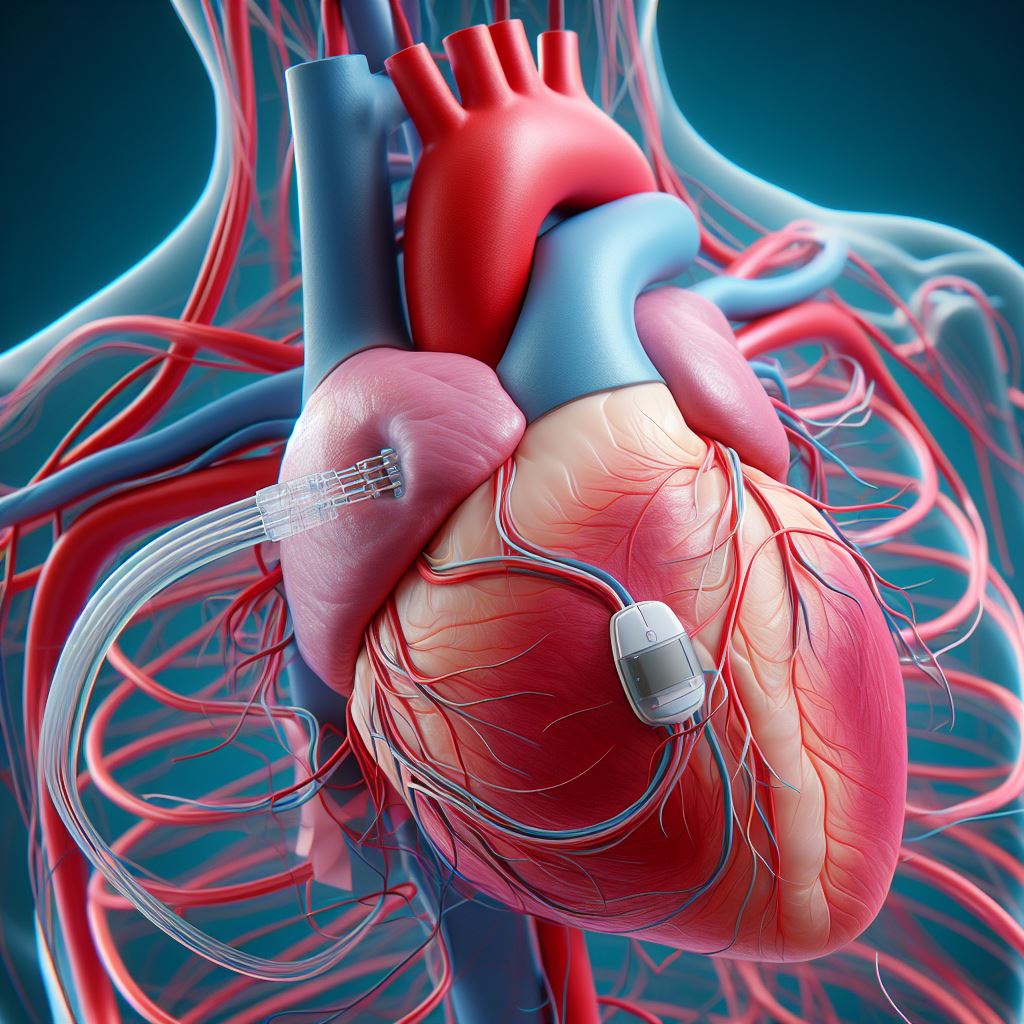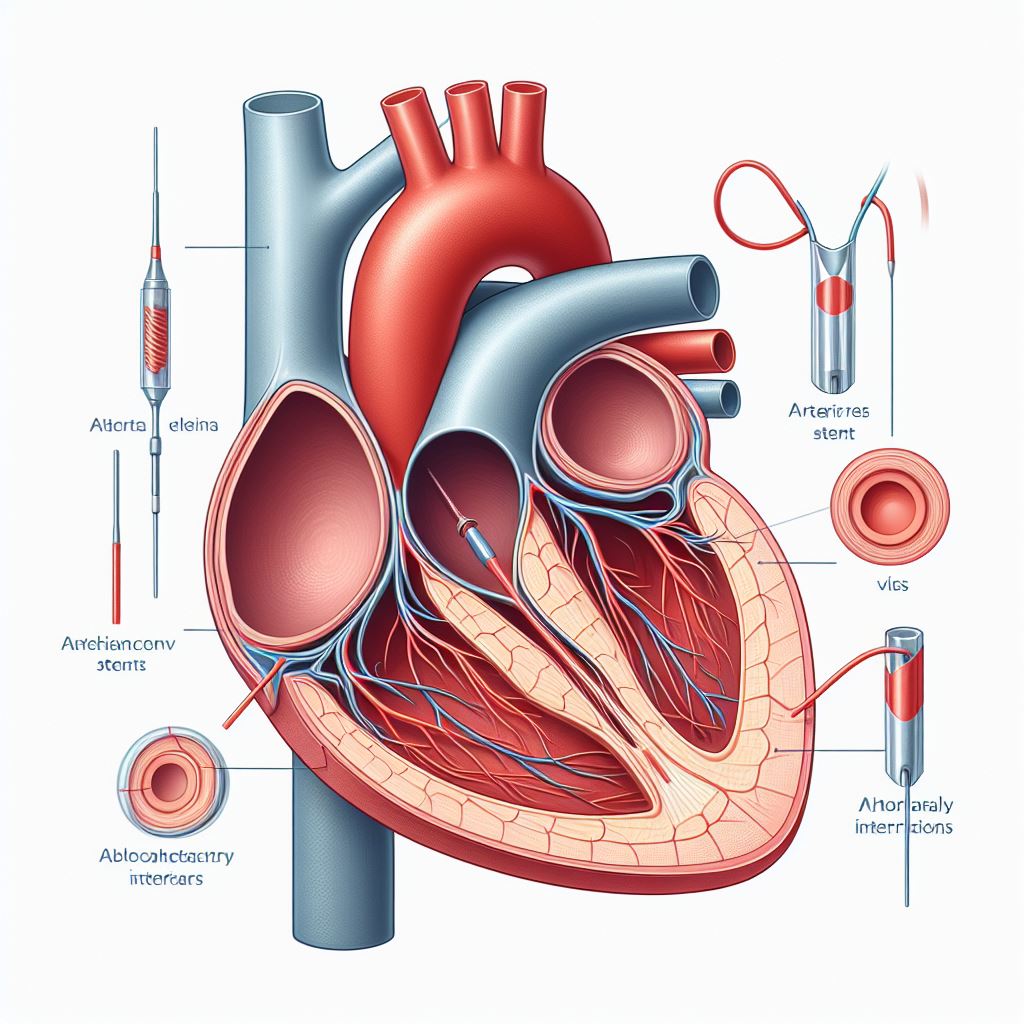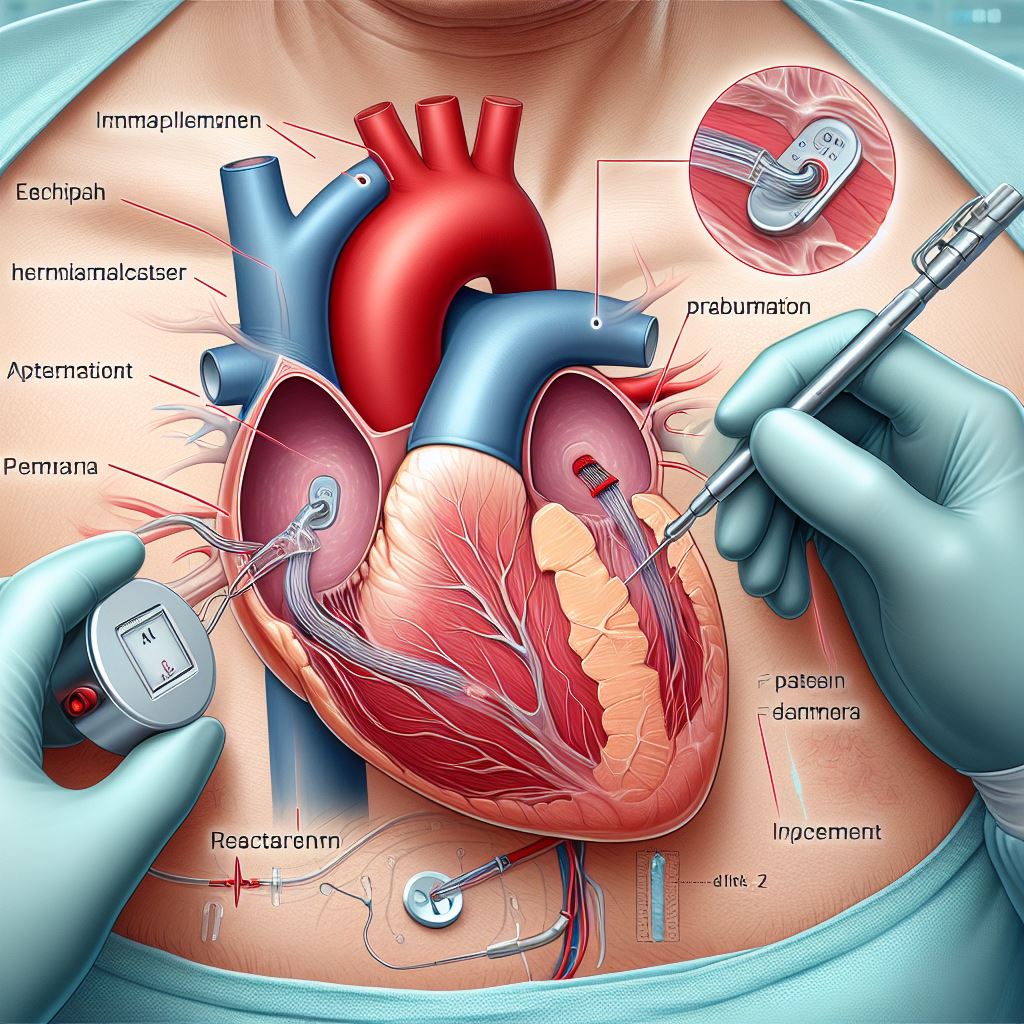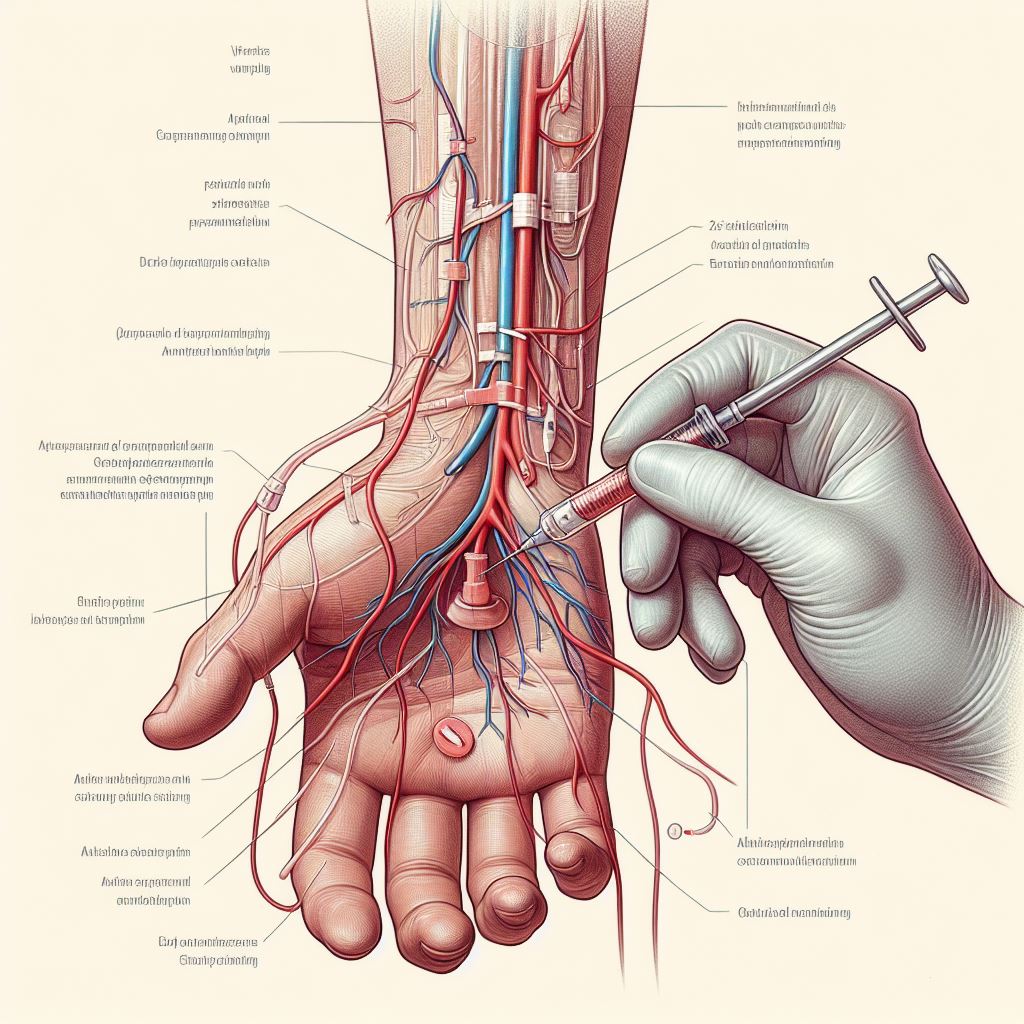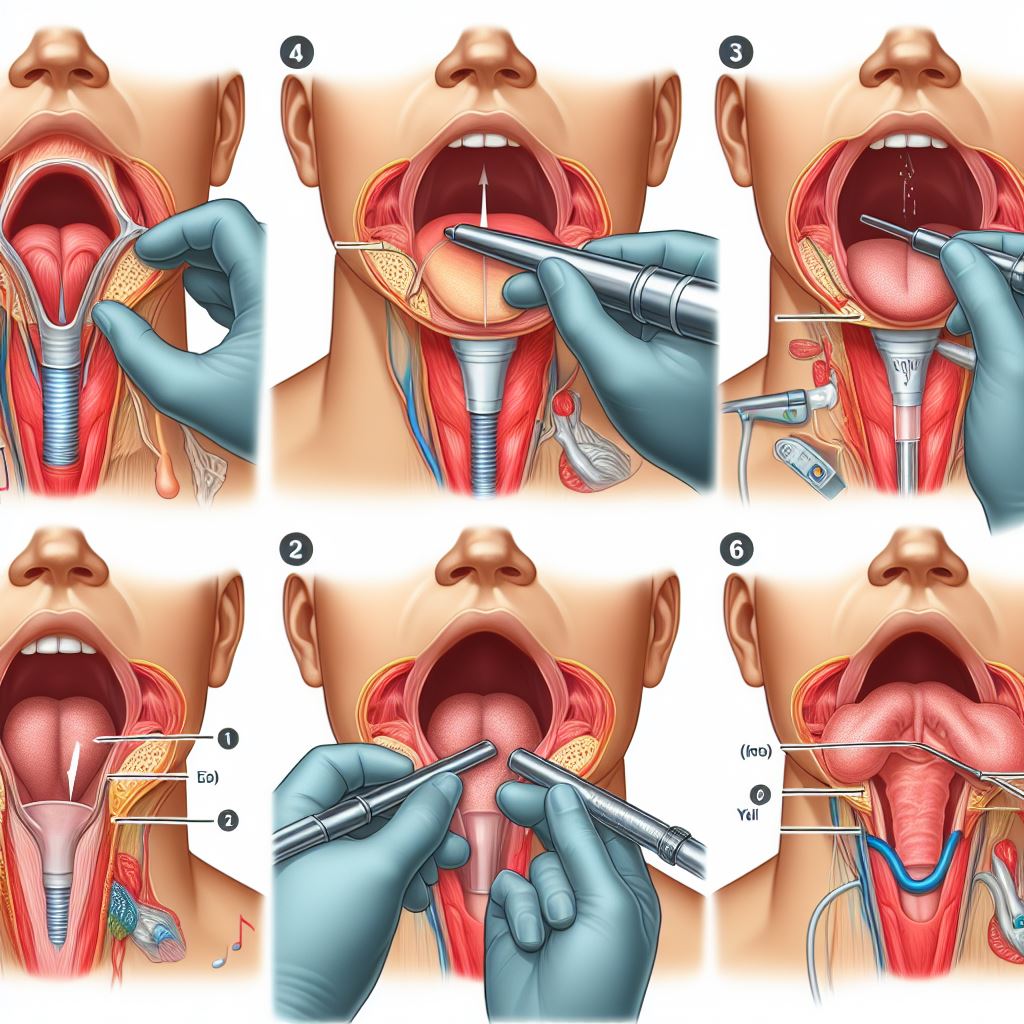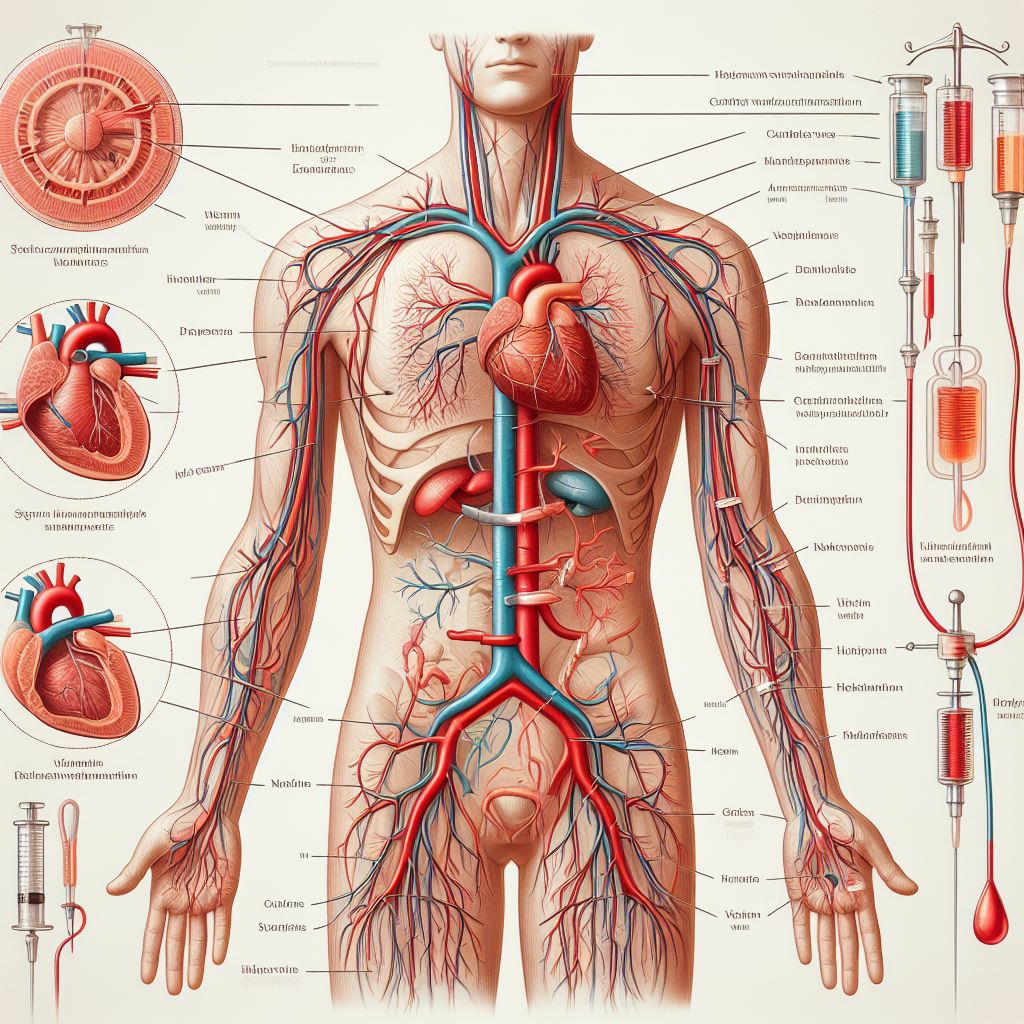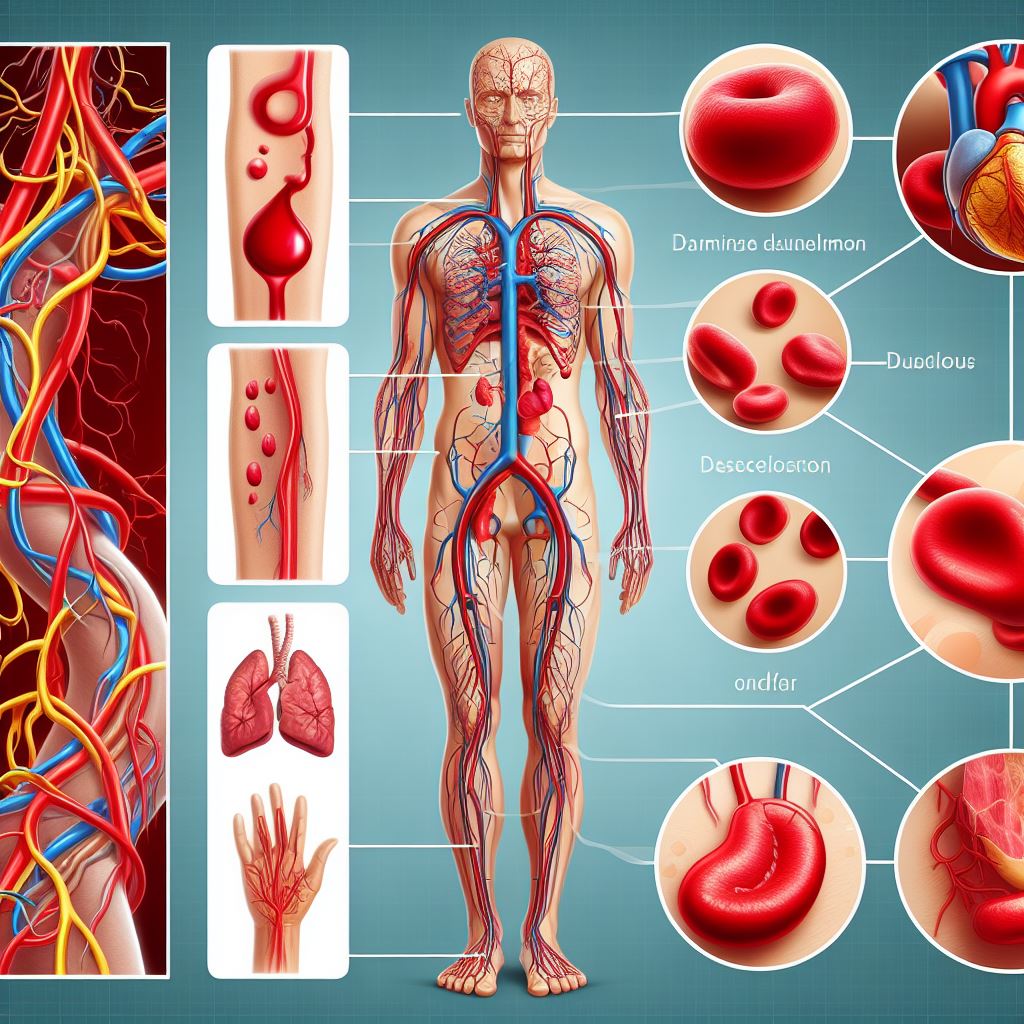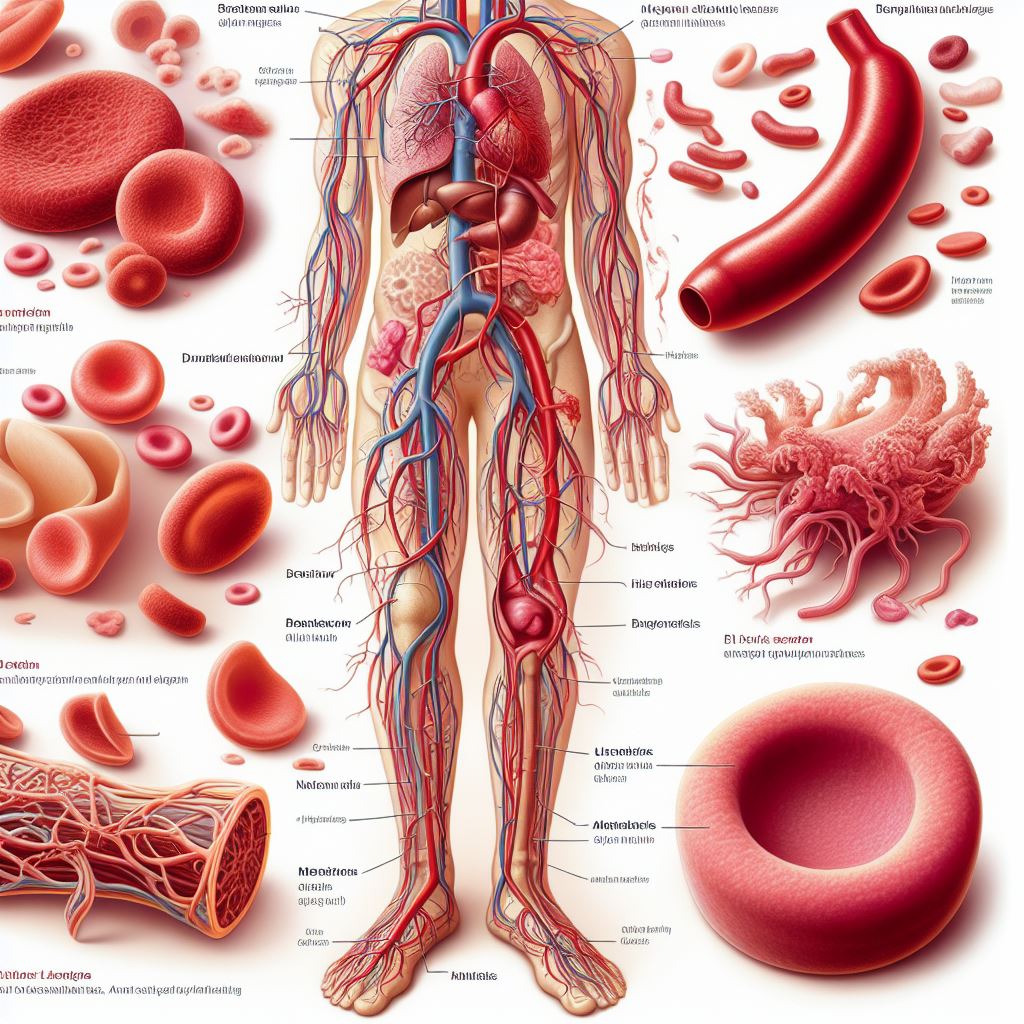
Primary PTCA - Life-Saving Intervention
Primary Percutaneous Coronary Intervention (PTCA): A Comprehensive Exploration of a Life-Saving Intervention
Welcome to our in-depth exploration of Primary Percutaneous Coronary Intervention (PTCA), a vital and life-saving procedure within the realm of cardiology. As we embark on this journey, our mission is to provide you with a thorough understanding of the different types of procedures involved, the associated risks and benefits, and the intricate process of recovery following a Primary PTCA.
Types of Primary Percutaneous Coronary Intervention(PTCA):
1. Angioplasty:
The cornerstone of PTCA, angioplasty is a minimally invasive procedure aimed at restoring blood flow to the heart muscle. This involves the inflation of a balloon within a narrowed artery, exerting pressure to widen the vessel and improve blood flow. Often, this procedure is accompanied by stent placement, where a mesh tube is inserted to support the artery's structure and prevent it from narrowing again.
2. Thrombus Aspiration:
A critical component of PTCA, thrombus aspiration involves the removal of blood clots that obstruct coronary arteries. By eliminating these clots, the procedure facilitates the unimpeded flow of blood, reducing the risk of further complications.
3. Coronary Artery Bypass Graft (CABG):
In cases where PTCA alone may not suffice, coronary artery bypass grafting may be considered. This surgical procedure involves creating a bypass around blocked arteries, ensuring an alternative route for blood flow to the heart muscle.
Procedure:
The success of a Primary PTCA lies in the meticulous execution of each step of the procedure. Let's delve into the intricacies of this life-saving intervention:
1. Patient Evaluation:
Before initiating PTCA, a comprehensive evaluation of the patient's medical history, symptoms, and diagnostic tests is conducted. This serves as the foundation for developing a tailored treatment plan.
2. Access Site Preparation:
Typically, a catheter is inserted through the groin or wrist artery to access the coronary arteries. This entry point is carefully chosen to minimize complications and expedite the procedure.
3. Angiography:
Contrast dye is injected into the coronary arteries, and X-rays are taken to visualize the blood vessels. This angiographic assessment guides the medical team in identifying the location and severity of blockages.
4. Angioplasty and Stenting:
The core of PTCA involves balloon angioplasty and stent placement. The balloon is inflated to widen the narrowed artery, and a stent is often inserted to provide structural support. This dual approach ensures the restoration and maintenance of optimal blood flow.
5. Thrombus Aspiration (if needed):
In cases where blood clots are identified, specialized catheters are used to aspirate and remove the clots. This meticulous step contributes to the overall success of the procedure.
6. Post-procedure Monitoring:
Continuous monitoring is paramount in the immediate post-procedure phase. This involves close observation for any signs of complications and ensuring the patient's stability.
Risks and Benefits:
Risks:
Despite the life-saving potential of PTCA, like any medical procedure, it is not without risks. Awareness of potential complications is crucial:
Bleeding: Occurring at the access site or other locations in the body.
Infection: While rare, the introduction of foreign objects into the body
increases this risk.
Allergic Reactions: Some patients may experience allergies to the contrast dye used during angiography.
Blood Vessel Damage: During catheter insertion, there is a slight risk of damage to blood vessels.
Benefits:
Balancing the risks are the numerous benefits associated with Primary
PTCA:
Rapid Restoration of Blood Flow: PTCA is instrumental in quickly restoring blood flow to the heart muscle, minimizing potential damage. Improved Survival Rates: Studies consistently show that Primary PTCA is associated with better outcomes and increased survival rates compared to other interventions.
Reduced Risk of Complications: When compared to fibrinolytic therapy,
PTCA has been shown to reduce the risk of complications.
Recovery:
Immediate Post-Procedure:
Monitoring: Patients are closely monitored in specialized care units to ensure the success of the intervention.
Medication: Prescribed to prevent blood clot formation and manage post-procedure pain.
Short-Term Recovery:
Activity Gradual Increase: Following medical guidance, patients gradually increase their activity levels.
Cardiac Rehabilitation: Many patients benefit from a structured cardiac rehabilitation program, incorporating tailored exercises and education. Long-Term Management:
Medication Adherence: Consistent adherence to prescribed medications is vital for long-term success.
Lifestyle Changes: Adopting a heart-healthy lifestyle, including a balanced diet, regular exercise, and smoking cessation, is encouraged.
Regular Follow-up: Scheduled follow-up appointments are essential to monitor and manage ongoing cardiac health.




